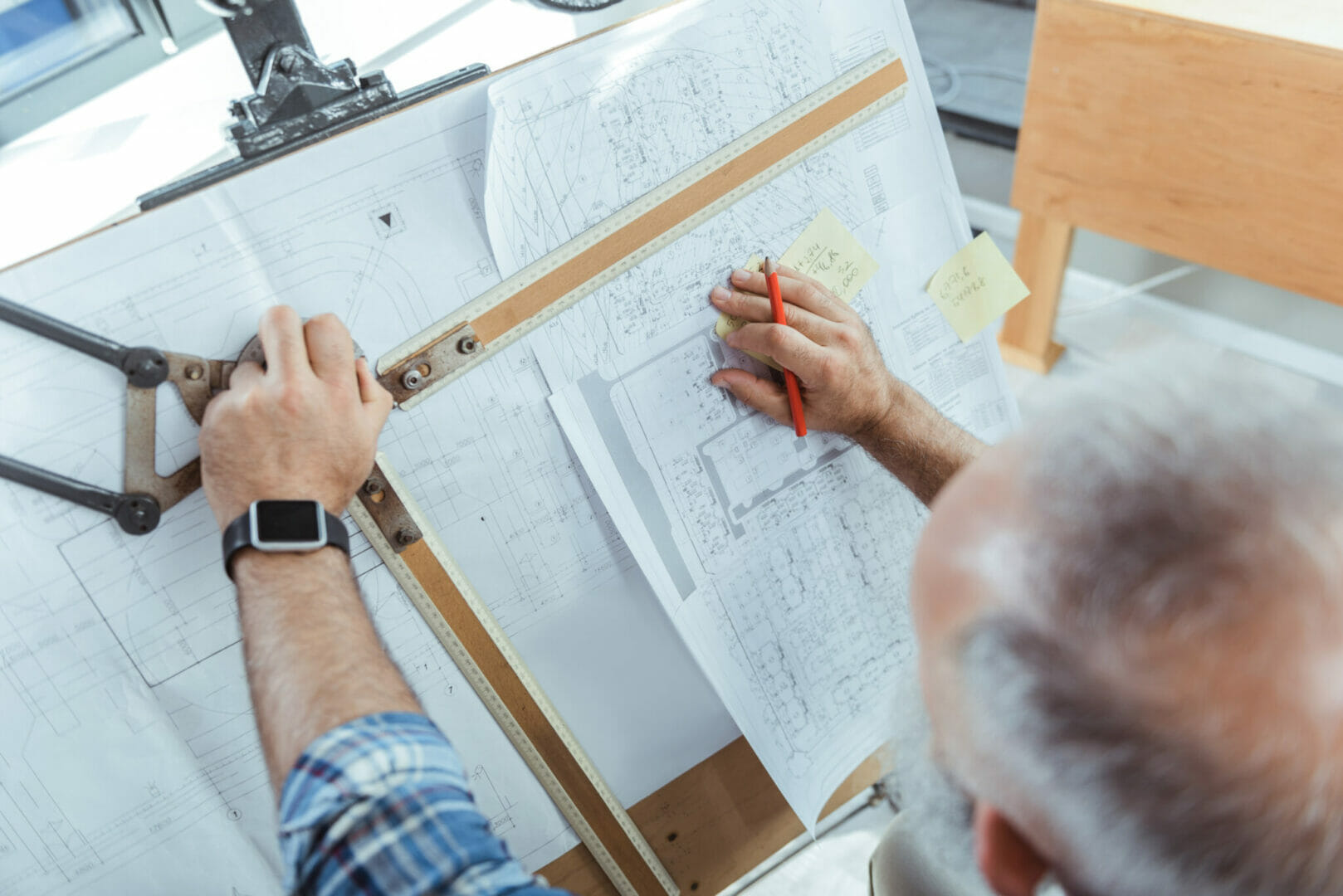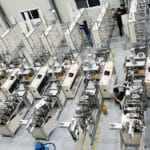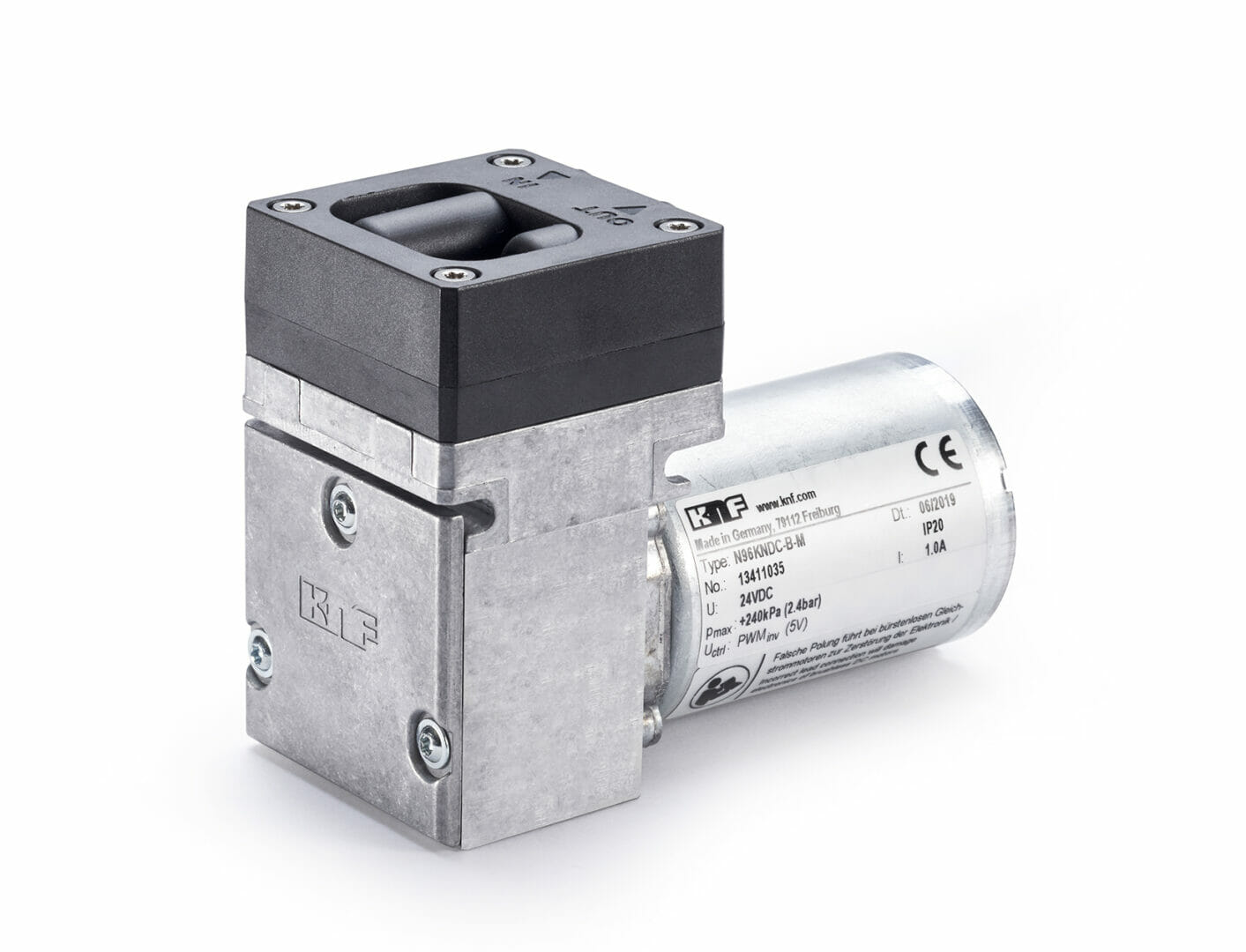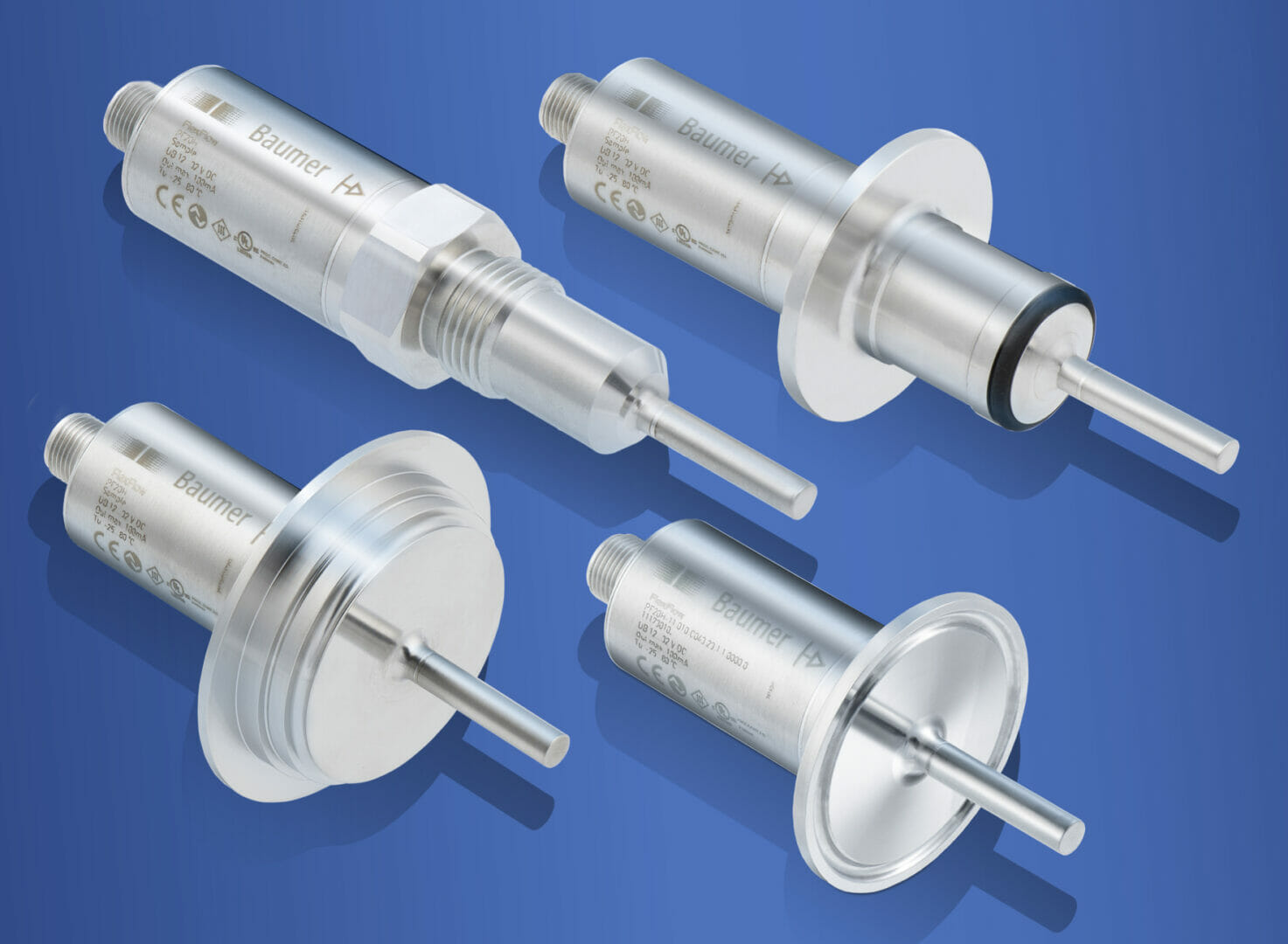Neil Wyke, managing director of Georg UK, discusses the impact of changes he’s seen in machine design over a 40 year career.
Since entering the drawing office as an 18 year old, there have been so many changes in the world of machine design and engineering, some for the better and regrettably some not so.
Those early years were spent learning how to draw using wooden pencils and tracing paper, and how to print and get your lines the correct thickness and density to the BS308 drawing standard. Then, once you had done your early years copying, tracing and detailing, you were gradually taught how to manually calculate material stress, deflection, torques and powers.
The advent of electronic calculators to replace slide rules and curta’s was a major step forward, but still the old rule of thumb approach from the senior designers and chief draughtsmen stood firm: “if it looks right it is right”, “if you have calculated the stress at an acceptable 5tons/sq inch make it thicker just in case”.
These early years not only taught you how to draw, they set out an accepted way of working in the engineering design offices that customers respected and drew confidence from. Sadly, throughout the late 1980’s/1990’s traditional design and engineering establishments were slowly reduced as our UK engineering base was eroded in the face of cheaper foreign imports. With this decline it is well documented that we lost the skilled engineering staff who possessed a wealth of knowledge and experience.
The era of computers and CAD machines took over and old fashioned drawing board skills and practices were in decline. Routines established over many decades were pushed aside and companies were forced to “follow” the way the computer programme allowed you to work. In many instances, design offices were distracted by day to day discussions about how the drafting programme worked rather than the machine being designed.
Slowly, with the lack of new trainees coming into the design offices, the traditional skills were lost to both the machine design-builders and end user customers whose experienced engineers had traditionally controlled machine specifications through the knowledge of their business and processes. This situation led to the exacting specifications and requirements traditionally being presented to design offices and suppliers of special purpose machinery being either over or under stipulated. With the loss of engineers, both on the customer side and the supplier side, these specifications and requirements were left to either purchasing staff or production personnel who may not totally appreciate or understand the engineering matters that need addressing in designing one-off, special purpose machinery. The result of this situation in many instances ended in the machinery supplied falling short of the expectations of the customer.

We therefore inherited a situation whereby the skills shortage, combined with the over reliance on computer design packages, resulted in a lack of understanding in the specification, design and supply of special purpose machinery. In many instances there has been a move to address this situation by means of Terms and Condition of Purchase documents that puts the onus onto the design-builders to take an all-encompassing liability for the machine specification and supply. This approach has led to an almost paranoia with reliance on insurances and legal personnel overtaking the design processes.
New design and software packages are now being more widely introduced into special purpose machinery that allow new developments to be interrogated thoroughly prior to manufacture, such as stress analysis, software verification etc. The combination of mechanical, hydraulic, pneumatic and software packages are now allowing virtual commissioning to take place proving functionality in the design phase and destressing the build, installation and testing of special purpose equipment.
At Heinrich Georg we have engineers who have first-hand experience of these changing times from the drawing board to the new approach using technology to reduce the risk for both the customer and ourselves. We find that the simulation of a machine in operation on a CAD–Software programme displayed in real time and 3D imagery has the effect of engaging both designer and customer thus producing equipment that meets expectations. No longer is the phrase “if it looks right it is right” an acceptable answer to a problem; the correct application of design technology allows us to prove a design and give our customers confidence.
This approach is now used across all our business areas including aerospace, automotive and rail test rigs, steel and aluminium coil processing and special purpose automation. New innovations being introduced into these traditional areas include smart machines, industry 4.0 technology and predictive maintenance giving better levels of machine availability and greener, more efficient solutions.









